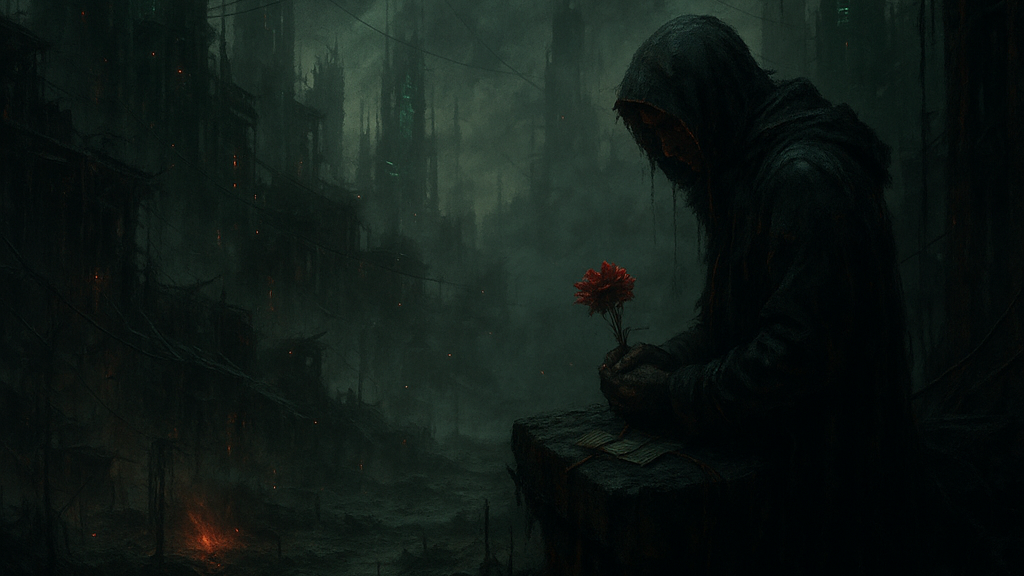The Quiet Offering
The Quiet Offering began during the earliest years of the Driftlands' colonization, long before Defiance had walls or a name. When loved ones succumbed to the Skyvein or wandered Hollowed into the shimmering haze of the Drift, families had no closure. Their dead did not rest, nor could they be buried. Instead, people would travel to the edge of known safe ground and leave tokens—letters, small belongings, or cherished items—hoping that the memory would reach the lost. It was said the Hollowed might feel a tether, some ghost of recognition, and find their way home.
Over decades, the rite evolved. As fewer Hollowed returned and the Drift’s sorrow became background to survival, The Quiet Offering became a mythologized gesture—a symbol of hope, of longing, of unresolved love. By the 90s SE, it had shifted further: lovers began using the edge of the Drift to mark pivotal moments in their relationships. The most dramatic breakups were performed at "Offering Points" with the phrase, “I left you at the edge.” Conversely, heartfelt devotions were sealed by offerings left side by side—tokens left not to retrieve the past, but to promise a future.
Still, there are those who remember. In private, with less ceremony and more pain, some make the walk alone, whispering names to the fog and hoping the Drift whispers back.
I left you at the edge.
Some leave flowers, some leave names—but the Drift never gives back what you hope. It only takes, and remembers.Marrowteller Veyna, Driftlands folklorist




Comments